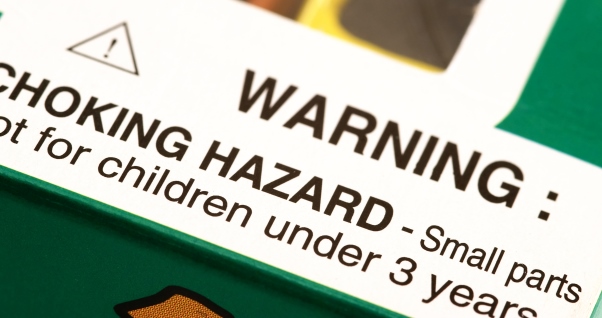Safe Toys – Your Holiday Guide
Defective Product Attorney
by David B. Bobrosky
(818) 907-3254
The holiday shopping season is here, and now is the perfect time to brush up on safe toys buying guidelines.
Whether you’re a parent, relative or family friend of someone with children, you want to make sure that the toy you are giving will not pose a risk to that child – assuming of course, that all toys meet government toy safety standards.

But as we know too well, sometimes defective products slip through the cracks. That being said, you should first get up to date information on toy recalls before you go shopping.
Then, ensure you pick an age appropriate toy for the child to minimize risks like choking hazards, electric shock or burns, strangulation, falls and other dangers.
When it comes to dangerous toys, here are five key dangers that you should look for:
1. Electric Toys – When it comes to small children, these toys generally require adult supervision. You should not only note the age recommendation, but consider also how mature or responsible the child is, before buying electric toys.
2. Balls & Marbles – The smaller the ball and the younger the child, the greater the risk of choking hazards. Also be careful of giving games or toys that have balls to older children with younger siblings. Generally speaking, balls 1 ¾ inches in diameter or less are dangerous for children under three.
3. Toy or Game Pieces – Again, follow the guidelines for balls, above. If the toy or game you’re about to buy has pieces that are smaller than 1 ¾ inches, think twice before giving that toy or game to a small child.
4. Inflatable Toys or Balloons and Squeeze Toys – There’s a suffocation risk with these, either when a child attempts to inflate the toy and accidentally inhales, or with smaller children who chew on toys (squeeze toys, burst balloon pieces, or deflated toys).
5. Straps – Toys with strings or straps are particularly dangerous for children under three, as toddlers sometimes get entangled in these. Watch out for items like toy guitars, purses and guns that come with shoulder straps.
Other Toy Safety Tips
The five most common types of dangerous toys are listed above, but there are other toy safety factors that you should be aware of as well. For example:
- Brittle plastic toys can break, leaving jagged pieces that can cut or puncture children.
- Helmets are required by California law for bicycle riders under 18. If you’re buying a bike for minor, make sure you buy the right sized helmet too.
- And of course, BB Guns and cap guns pose their own, obvious risks for children.
Lead Paint Toy Recalls
Believe it or not, lead poisoning is still a problem for children, especially the younger ones. Young children are especially prone to putting things in their mouths.
The federal government limits the amount of lead that can be used in products, but the metal has not been banned entirely. It’s used in plastics, pottery, jewelry, sporting goods and hobby materials.
To keep your child safe from lead poisoning from toys, try to avoid giving toys and jewelry made in other countries, or recycling older toys made in the U.S.
Holiday Safety First
The most important thing to remember regarding toy safety, is to buy toys that are age appropriate for the child. Read all warning labels on the packaging and consider the maturity level of the child.
Because no matter how wonderful the gift you intend to give, nothing can beat keeping your loved ones safe and happy. Let’s make sure all the memories are good ones this holiday season.
David B. Bobrosky is a Los Angeles Product Liability Attorney. Contact him via e-mail: dbobrosky@lewitthackman.com, or by phone: 818.990.2120.

